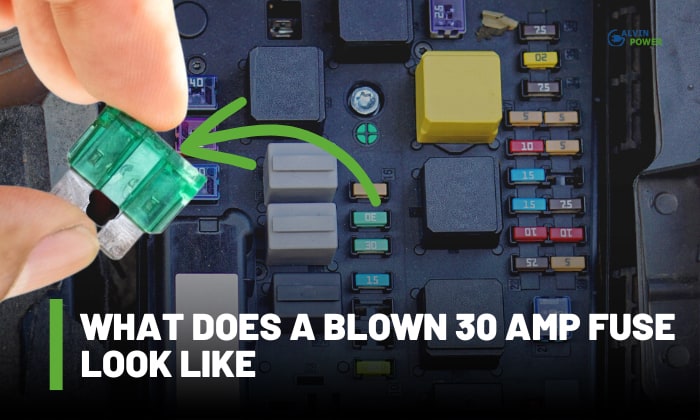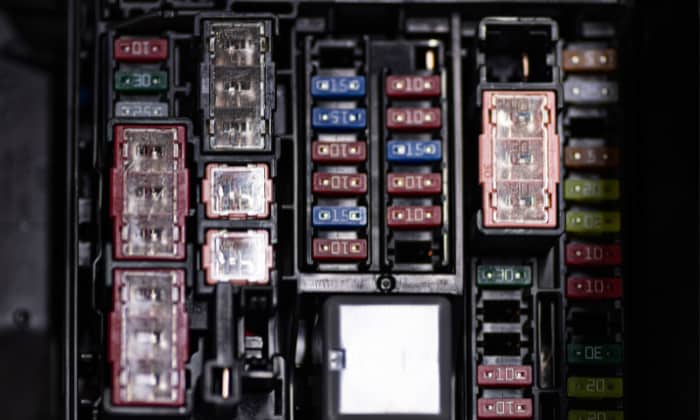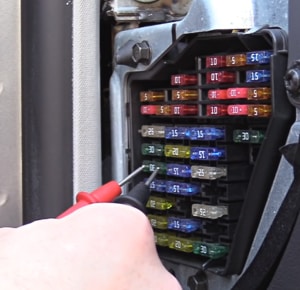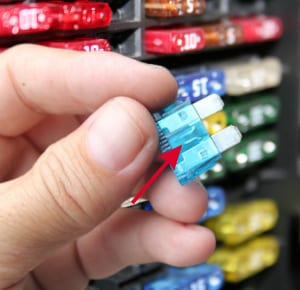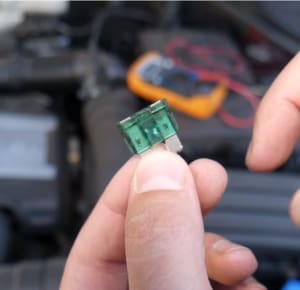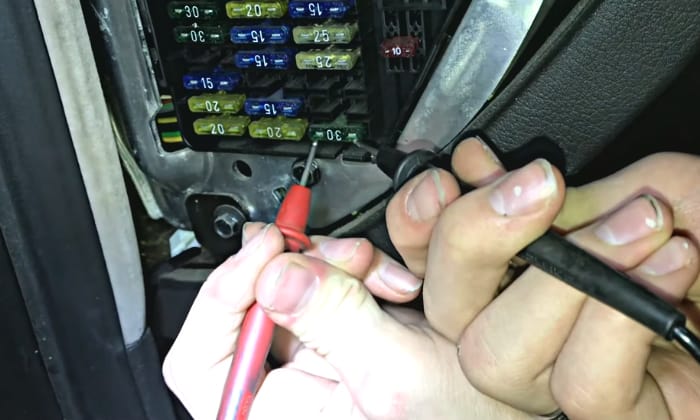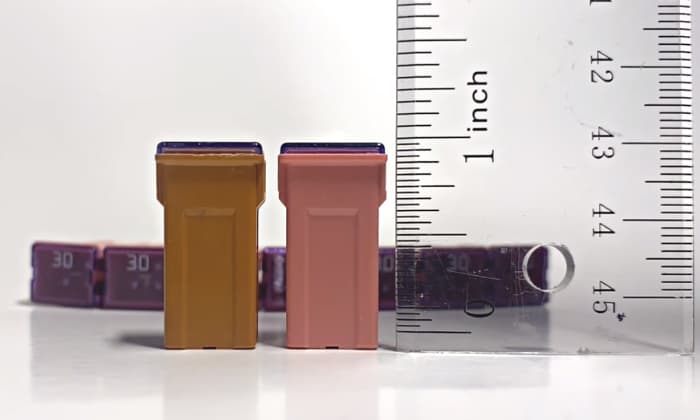Have you asked yourself, what does a blown 30 amp fuse look like? You are on the right page.
A blown 30-amp fuse typically has different signs of failure or damage including open circuit, physical damage, discoloration or darkening, and blown fuse indicator.
Read on to know more about this issue to have it fixed immediately.
Table of Contents
Blown 30-Amp Fuse
An amp fuse aims to protect the amplifier and the electrical circuit against excessive current or a faulty electrical system. It acts as a safety device that interrupts the flow of electricity in case that the current exceeds a certain threshold.
On the other hand, a blown amp fuse refers to a fuse that failed or “blown” due to a faulty system or an excessive current. The appearance of a blown amp fuse varies depending on the design and manufacturer.
A blown 30A fuse is considered as a bad fuse since it is no longer functional and failed to perform its intended functions.
So, how to tell if a fuse is blown? Here are the most common signs that you might observe on a blown 30-amp fuse:
1. Open circuit
A blown amp fuse has a separated or broken fuse element inside which interrupts the flow of electric current. With this, you can observe a break in the fuse wire or element in a blown amp fuse.
An open circuit within a blown amp fuse leads to loss of power since the current is already interrupted. In case that the amplifier powers on, it is also evident that there is no audio produced by speakers due to the disruption of the audio circuit.
2. Physical damage
For amp fuse, it is important to note that not all fuses exhibit visible signs of physical damage when blown. One of the possible visible signs of a blown amp fuse is the separation or gap in the metal strip or wire within it.
3. Discoloration or darkening
The area surrounding the 30-amp fuse element or the inside parts of the fuse body might appear darker or discolored due to the heat generated when the fuse blew.
The discoloration is a result of the electric arc that takes place during fuse failure. The discoloration may appear charring, darkening, or scorch marks on the fuse body.
4. Blown fuse indicator
There are amp fuses that possess built-in indicators which are typically LED lights or small windows that change the color or illuminate when the fuse blows. These signs provide visual indications for a blown fuse.
Here is a blown fuse picture:
When the fuse is blown, it is important to note on replacing it with exactly the same fuse. It is necessary to note the fuse amperage and voltage rating when replacing one. For instance, a blown 30-amp fuse should be replaced by another 30-amp fuse.
Read more: Detailed Steps on Fixing Blown Fuse.
Determining a Blown 30-amp Fuse
The most effective way of identifying a blown 30-amp fuse is through testing the fuse with a multimeter that measures resistance and continuity. Testing the continuity or resistance across fuse terminals can identify if the fuse is good or blown.
To use a multimeter, you need to put the leads on each end of the fuse. A good fuse has a reading of between 0 and 5 (ohms) while a reading of OL (Over Limit) means a blown fuse.
Frequently Asked Question
What does a pink 30-amp fuse mean?
There is a standard color for every fuse based on their amperage rating. The standard color for a 30-amp fuse is green. A pink 30-amp fuse means a non-standard or customized fuse used by a specific application or manufacturer.
Conclusion
Answering the question “What does a blown 30 amp fuse look like?” is quite an easy task. A blown amp fuse typically depicts visible signs of damage or failure including open circuit, physical damage, discoloration or darkening, and blown fuse indicator.
It is important to understand that not all blown fuses are visually obvious. With this, it is always best to utilize a multimeter or consult a professional to determine a blown fuse.

I am Edwin Jones, in charge of designing content for Galvinpower. I aspire to use my experiences in marketing to create reliable and necessary information to help our readers. It has been fun to work with Andrew and apply his incredible knowledge to our content.

